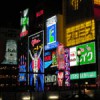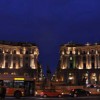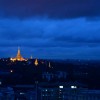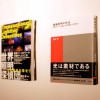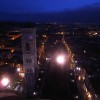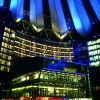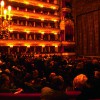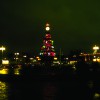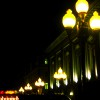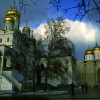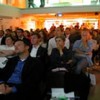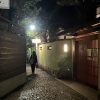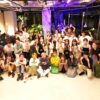Environmentally Friendliness
Interviewer: Sherri Goh
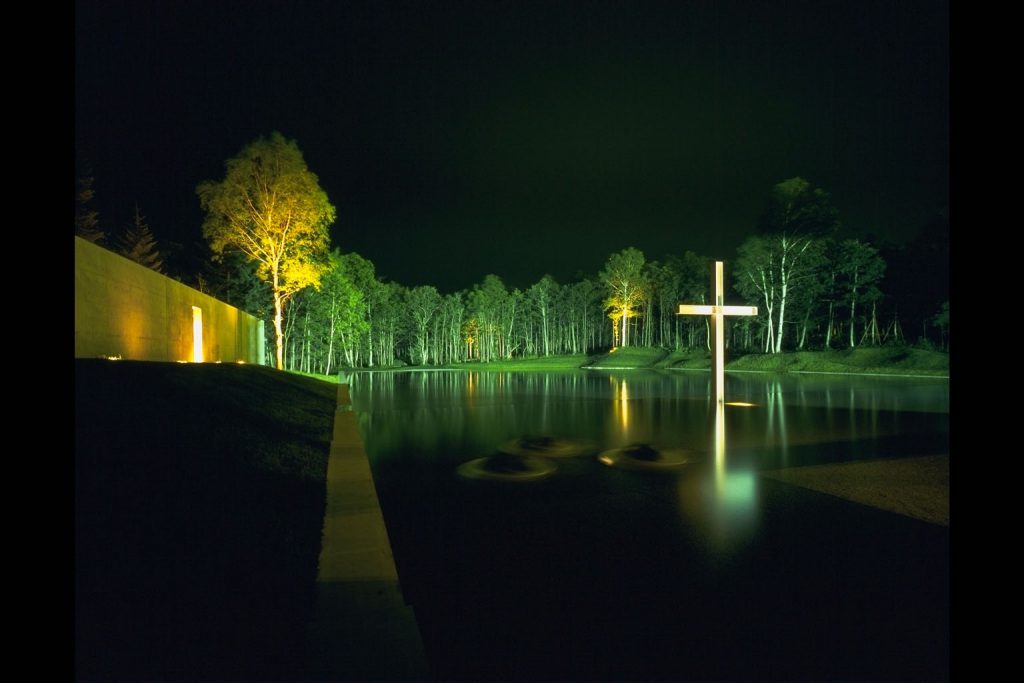
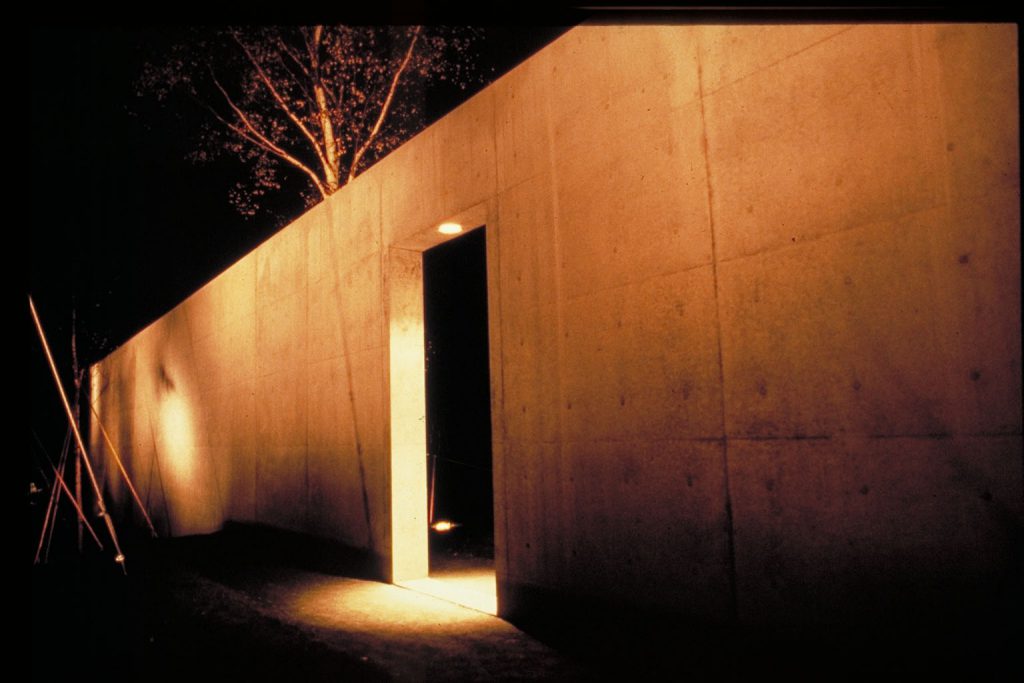
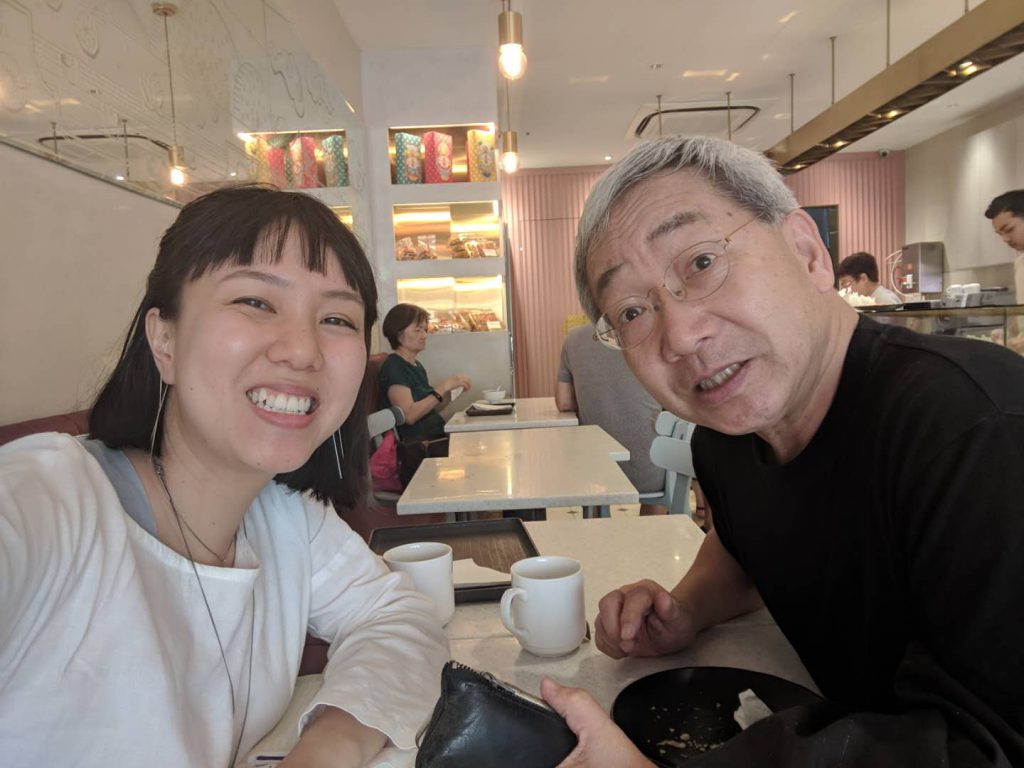
Mende: So are we talking about environmentally friendly lighting design or environmental friendliness in lighting design…?
Sherri: I’m not sure if I explained the topic clearly to you as there is a wide spectrum to be discussed. As we both have experience in Product Design and whether we consider that in what we do for lighting design. I wanted to ask what do you think/when did you start thinking of environmentally friendly lighting design.
Mende: I have a Master’s degree in Environmental Design. After 4 years of studying Industrial Design, I changed my mind, as it was about designing very short shelf-life products, which is like garbage.
Sherri: Lighting design has been meaningful, and you do consider the environment in terms of how we place the light. But I do think it could go further by considering how each product is produced from specific manufacturers and consider the manufacturing process.
I’m not sure if LED fixtures are really more environmentally friendly than its predecessors, so that is the approach I had for this topic of discussion.
Mende: Lighting design needs many sophisticated lighting fixtures as tools. But physically, we don’t need any product or lighting tools when making indirect light, or we can finally provide for natural daylighting. This is the goal of architectural lighting design.
Sherri: Do you think we should consider who we work with and their production methods of fixtures in the future? It is interesting because we should design for the beginning and the end of lighting. With regards to LED, we currently try to make sure that when the lighting fixture used fails/dies, the client will be aware of it and replace it. But we don’t think much of what happens to
the fixture after that (getting replaced).
Mende: myself try to simplify, using simple solutions for lighting design, to do complicated things.
We should reduce some energy or risk of producing many fixtures. LPA should try to reduce the number of fixtures and lower energy consumption.
Sherri: Also in our mounting details, when we have complicated mounting details to produce certain effects, I feel really bad for using so many additional accessories.
Mende: I have experience in collaborating with Mr Tadao Ando, on the first project Chapel on the Water. I designed special details without any light fittings. I just asked him to make a cylindrical hole in the concrete and mounted an incandescent bulb in it. This is the original shape of the downlight without using any other materials. After that, many architects tried to make a cone insert in the concrete.
Sherri: So did they replace it with a normal downlight presently?
Mende: No, no, it’s still there, without any metal, plastic or downlight, we can just make use of a simple bulb in the architectural details. It is a very difficult method, normally we need more lighting fixtures to achieve a certain effect…
We also have to consider environmentally friendly lighting effects for many people and animals and plants. The environmentally friendly lighting effect is just to imitate the daylighting or some fire, right? We must accept reasonable darkness at night for this to be achieved.
Sherri: Maybe the topic should be “designing to be more environmentally friendly”? Or “environmental friendliness in lighting design”?
Mende: For me, environmental design means to design a certain atmosphere or some kind of comfortable air by sound, light or wind… more of feeling. I was more interested in feeling something, or what makes a comfortable atmosphere. In Japanese it’s called Kehai, it’s not just one sense, but a mixture of all that encompasses the meaning of Kehai.
Sherri: Did you ever consider to work for a project that designs light for daytime?
Mende: We did many projects for museums, libraries and shopping centers, where we proposed not only the night-time design, but daytime too, how to invite and shape natural daylight in a space.
Many architects not only ask us for night-time but also lighting environment design. Architects may misunderstand daytime design. They are always expecting beautiful daylight to be coming into the atrium… It is sometimes beautiful, but also is an issue on how to merge with artificial light.
We need to point out how to avoid uncomfortable situations in the daytime. We need some shading system or location of lighting from above.
I’m very much interested in reflectors too, to introduce daylight into the interior, not just fibers and light pipes. Every house could install reflectors in the balcony side, like a parabolic antenna. Even the HSBC Headquarters designed by Norman Fosters, they designed a huge reflector called the Sun Scooper. It was a wonderful idea but it didn’t work in the end because we still had to back-up with artificial light.
Sherri: I think that as an industry, we have more to work on for true sustainability and “environmentally friendliness”. It is not enough to just tout the energy-saving portion as products should have their life-cycles considered in their entirety to prove that we are moving forward. Transparency is needed as we are in an age where information is at our fingertips so it is an issue if we cannot find such details easily.





